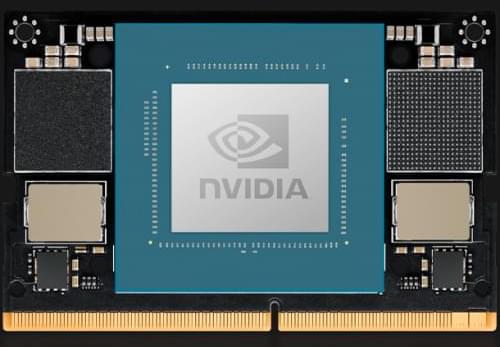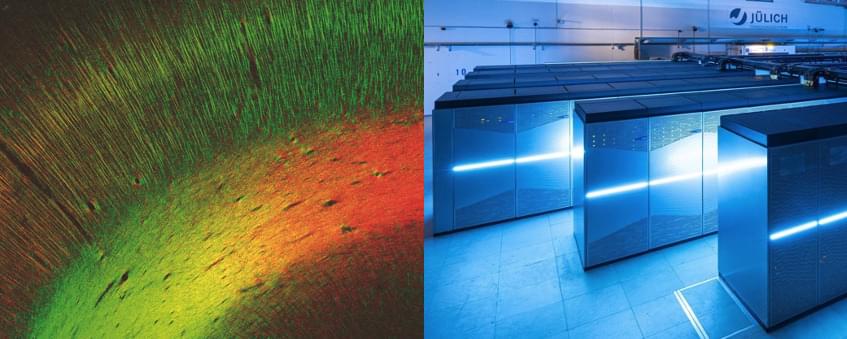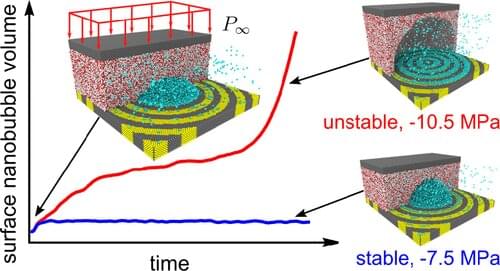New Curtin University-led research has found that the world’s next supercontinent, Amasia, will most likely form when the Pacific Ocean closes in 200 to 300 million years.
Published in National Science Review, the research team used a supercomputer to simulate how a supercontinent forms and found that because the Earth has been cooling for billions of years, the thickness and strength of the plates under the oceans reduce with time, making it difficult for the next supercontinent to assemble by closing the “young” oceans, such as the Atlantic or Indian oceans.
Lead author Dr. Chuan Huang, from Curtin’s Earth Dynamics Research Group and the School of Earth and Planetary Sciences, said the new findings were significant and provided insights into what would happen to Earth in the next 200 million years.







